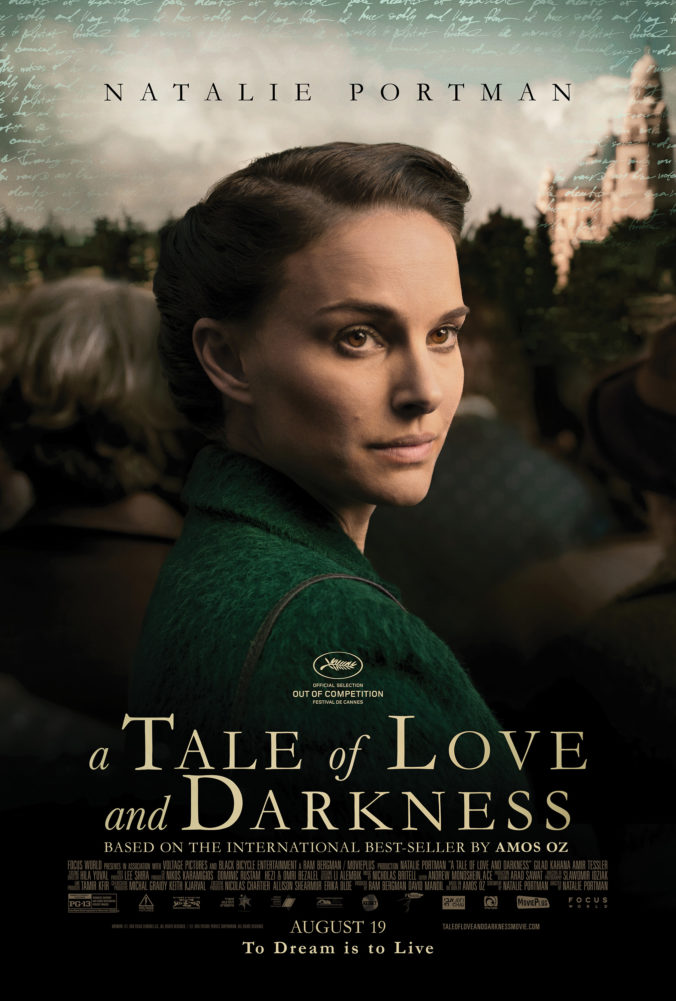Click to tweet this article to your friends and followers!
Directed by legendary editor of Allure magazine Joan Kron, this provocative and humorous feature documentary explores society’s attitude towards plastic surgery. The film follows two comedians as they deliberate going under the knife: Emily Askin, an up-and-coming improv performer has always wanted her nose refined, and Jackie Hoffman, a seasoned headliner on Broadway and on TV, considers herself ugly and regrets not having the nose job offered in her teens – and maybe she’d also like a face-lift.
With commentaries from cultural critics, psychologists, sociologists, surgeons, along with cameos from comedians Judy Gold, Julie Halston, Lisa Lampanelli, Giulia Rozzi, Bill Scheft, and Adrianne Tolsch, the film confronts the pressure women feel to meet impossible expectations and the judgment they endure when they have cosmetic surgery.
About First-time Director Joan Kron
An author and award-winning journalist, Kron’s work includes stints at the New York Times and the Wall Street Journal. She spent 25 years covering plastic surgery for Allure magazine and documented some of her experiences in the book, Lift: Wanting, Fearing, and Having a Face-Lift.
Take My Nose… Please!
I spoke with one of the film’s producers, Brian David Cange, about the documentary just days before the announcement that the film received the 2017 Miami International Film Festival’s Knight Documentary Achievement Award.
About Brian David Cange
Cange is an award-winning producer and line producer whose credits include Roxanne, Roxanne and Marjorie Prime (both 2017 Sundance Film Festival Official Selections), Equity, a 2016 Official Selection Sundance Film Festival; the highly acclaimed documentary Mad Hot Ballroom; Backwards; Fugly!; Particle Fever; The Skeptic; the 2008 Peabody Award winning documentary Billy Strayhorn: Lush Life; National Geographic’s I am Rebel, the first in a four-part miniseries; Footsteps in the Snow for A&E and Lifetime Movie Networks; the Emmy-nominated, History Channel mini-series The World Wars, and Making Space, a feature documentary about five accomplished female architects with renowned producer Ultan Guilfoyle.
KOUGUELL: How did you get involved with the project?
CANGE: I became involved through my colleague Andrea Miller. Andrea and I worked together on the documentary film Particle Fever, and I helped her develop other projects, budget them, and sometimes shoot sizzle reels. I met director Joan Kron at the end of 2014. Andrea had suggested I speak to her about physically producing the film and also helping develop the project from a storytelling perspective, making sure there was a narrative structure, and helping her find the right characters to follow. In this case it was Emily Askin and Jackie Hoffman.
Joan was very resourceful; she went out to the comedy clubs every week and sometimes I would go with her to check out comedians.
Script EXTRA: Conversation with Sheila Nevins, President of HBO Documentary Films
KOUGUELL: What was the response from the comedians to participate in the film? Were they forthcoming as to whether or not they had cosmetic surgery or reticent?
CANGE: Yes, very reticent. Oftentimes people didn’t want to speak about it. Judy Gold, Lisa Lampanelli, Julie Halston, and a few others were confident enough to talk about it on camera.
KOUGUELL: Tell me more about finding the narrative in the project.
CANGE: When Joan Kron first came to me about the project, she had a clip reel of famous comedians: Joan Rivers, Kathy Griffin, Phyllis Diller. Joan had taken an editing class and she put together a sizzle reel of what she thought would be comedians talking about the history of plastic surgery or the history of plastic surgery in the female comedian environment. I thought it would be very expensive to put this all together because they were very expensive clips and music rights to obtain.
Joan had the clip-driven sizzle reel, an outline, and a group of interviews she had already done in California, including some of the plastic surgeon specialists. In the film, the interviews done in the theater were done early on, before I came on. She worked in Los Angeles and did eight interviews for two days. A good number of these interviews stayed in movie.
Joan, Andrea and I discussed the way to produce this film that there was a narrative to follow. We all agreed to casting and meeting with comedians who were living and perhaps less famous in some cases it was a little bit of both. Emily Askin was the one we were following first. Emily agreed to the film; she’d already had a stomach belt surgery prior to working with us so she was also open to the possibility of getting a nose job.
Joan approached Jackie Hoffman after reading a story about her in the Wall Street Journal. Jackie was really on the fence as to whether or not to get a nose job.
KOUGUELL: What was the time period over which the film was shot?
CANGE: The majority of the film was shot in 2015 and 2016. It was less than 100 hours of filming. The editing process took over about nine months. We brought on editor Nancy Novak; she really understood the narrative balance needed between the story of these comedians, their own journeys, and the history of plastic surgery, which was so important to Joan. And, also making sense of how women comedians are often judged by their appearance just as women actors are. Someone actually asked me after our recent screening in Miami if we had considered any male comedians and we did approach a couple but no one wanted to be in the film.
KOUGUELL: Because the men didn’t want to reveal that they had cosmetic surgery done?
CANGE: (laughs) Yes, that’s pretty accurate.



























